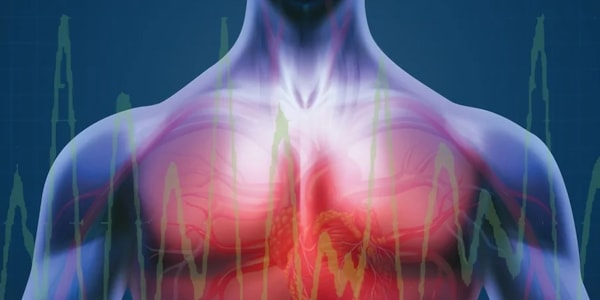Olea Sensor Networks offers contactless and remote pilot health monitoring platform

Olea Sensor Networks is now offering the OSN Pilot Health Monitoring Development Platform, which is based on OleaSense. This is a technology system for contactless and remote vital sign monitoring.
The new platform allows for a new kind of cockpit sensor system. The system can monitor and alert pilots to problems with their abilities to behave and function normally while in flight operating a high-performance aircraft.
Researchers need a new integrated sensor system that can monitor factors like air quality and a pilot’s vital signs and breathing patterns. The system would also be able to monitor cockpit conditions like cabin pressure, acceleration and temperature.
OleaSense SW displaying the detection of human vital signs
NASA’s Engineering and Safety Center and NASA’s Armstrong Flight Research Center have both been researching pilot breathing patterns. This research involves sensor systems measuring many physiological breathing parameters for continuous in-flight measurements. NASA has linked breathing dynamics to high-altitude flights, aerobatic flights and other fighter flight maneuvers.
An advanced life-support system will contribute to explaining in-flight physiological episodes like hypoxia and hypocapnia. The understanding of episodes like this can lead to improvements in oxygen delivery systems while simultaneously increasing the understanding of how breathing may impact a human’s performance.
The OleaSense software platform uses real-time data via Olea’s AI signal processing and detection algorithms. This takes vital sign statistics like cardiac, heart-rate and respiration variability, or the presence or absence of life.
These real-time platforms can offer components like removing data collection from connected devices, device/sensor analytics, independent and secure connectivity between devices and integration with third-party systems.

OS-3010 Intelligent Multi-Sensor Development Platforms
Olea’s intelligent sensor analytics allows collected data to be transmitted to the cloud to be accessed by professional medical personnel for interpretation and diagnosis. External wires and bodily contact are not required for this program to function. The Olea monitoring device only weighs one ounce and is roughly the size of a business card. The user may place the device in a shirt pocket or wear it on a lanyard. The device may also be embedded in a chair or mattress.
The system has been clinically tested and can provide medical-grade accuracy of resting vital signs. It can develop additional features to provide an individual’s heart signature, which can allow the device to identify the patient based on patterns in their vital signs.

Olea OSN Quadcorder with HeartSignature
The OSN Pilot Health Monitoring Development Platform is a part of Olea’s collection of IoT (Internet of Things) properties. It was designed as a vertically integrated solution to allow the manufacturer to mitigate development costs, which will increase manufacturing efficiency and improve time to market.
“As part of Olea’s intellectual property portfolio offered for licensing to Aerospace companies and manufacturers, the OSN Pilot Health Monitoring Development Platform technology provides a mutual business advantage,” CEO/CTO of Olea Frank Morese said.
Morese added, “which helps them to continue to compete globally and allows them to accelerate their innovations. From start-ups to large corporations, companies can benefit from development times being reduced from a typical 36 months to only about 6 months, thanks to our manufacturing-ready approach to design.”
Contact
Name: Haley Davoren
, Digital Content Manager
Company: GlobalAir.com
Website: https://globalair.com
Email: [email protected]
Phone: 502-456-3934
©2023 GlobalAir.com, Haley Davoren. All rights reserved.

Recent Comments